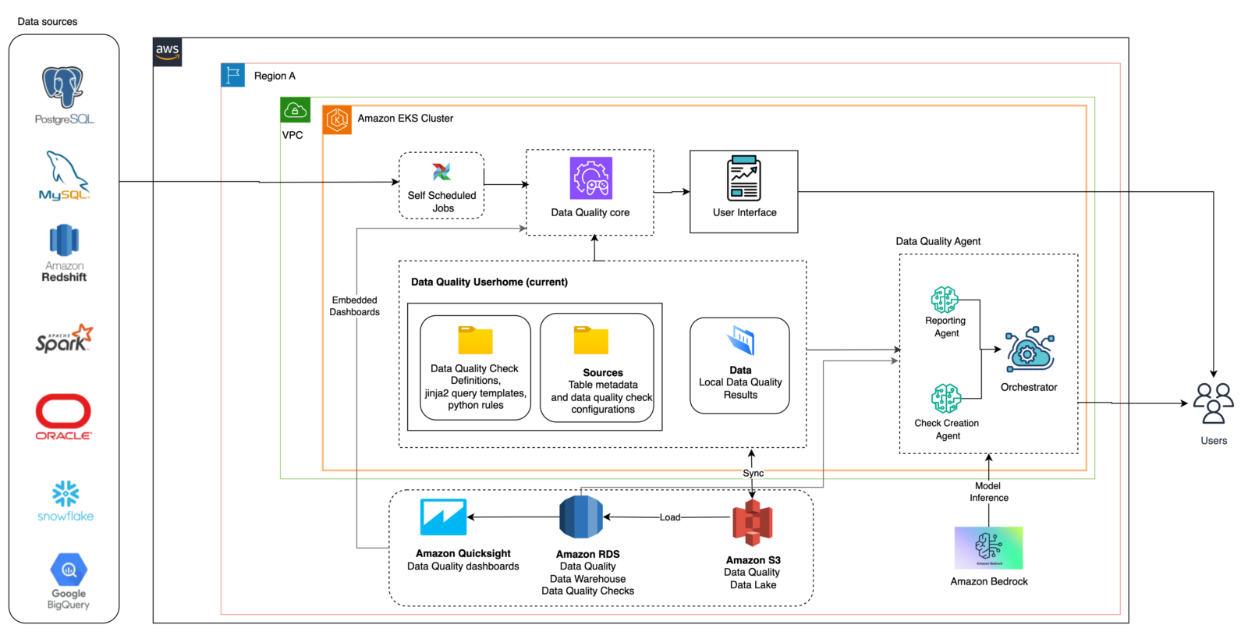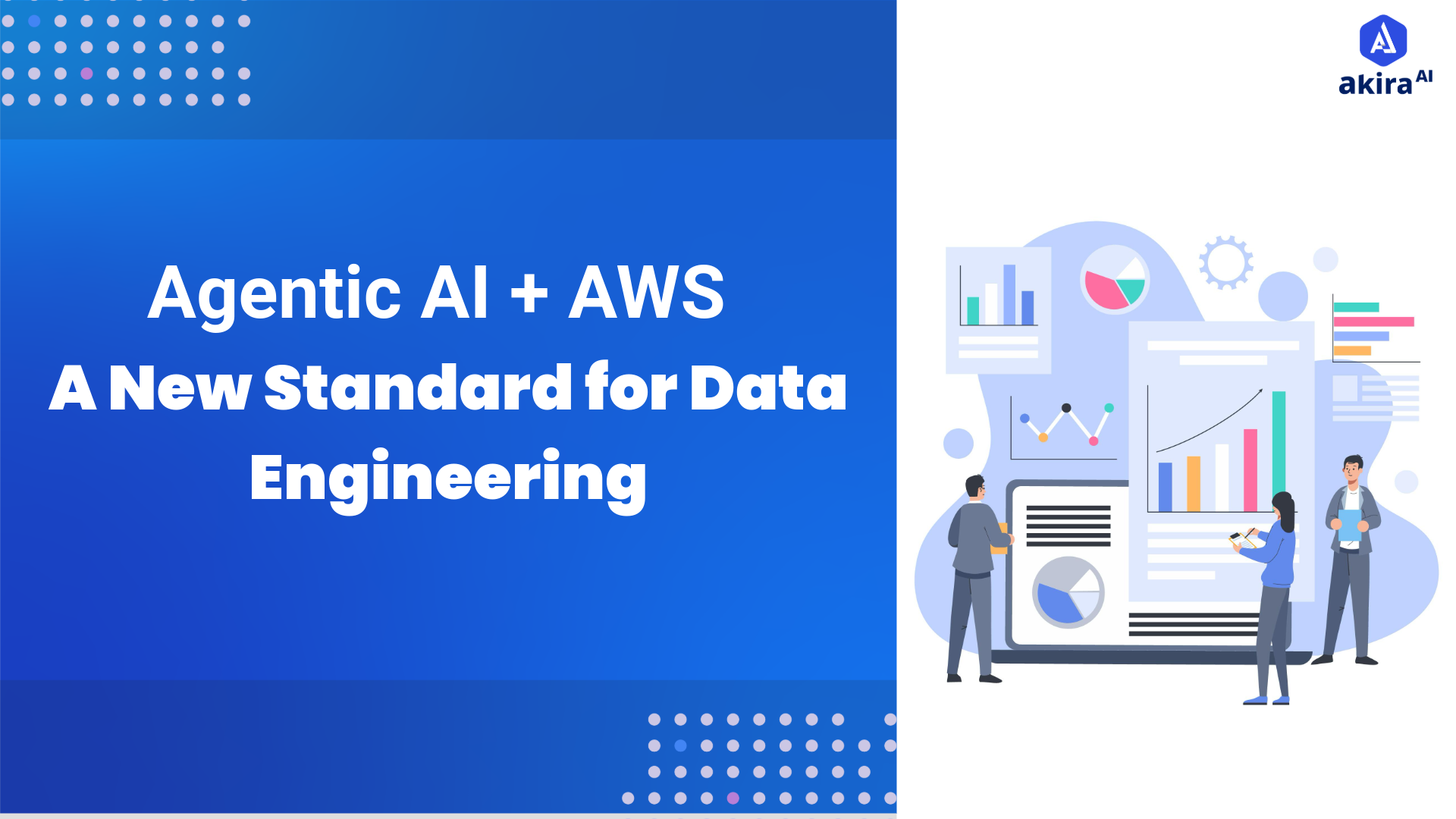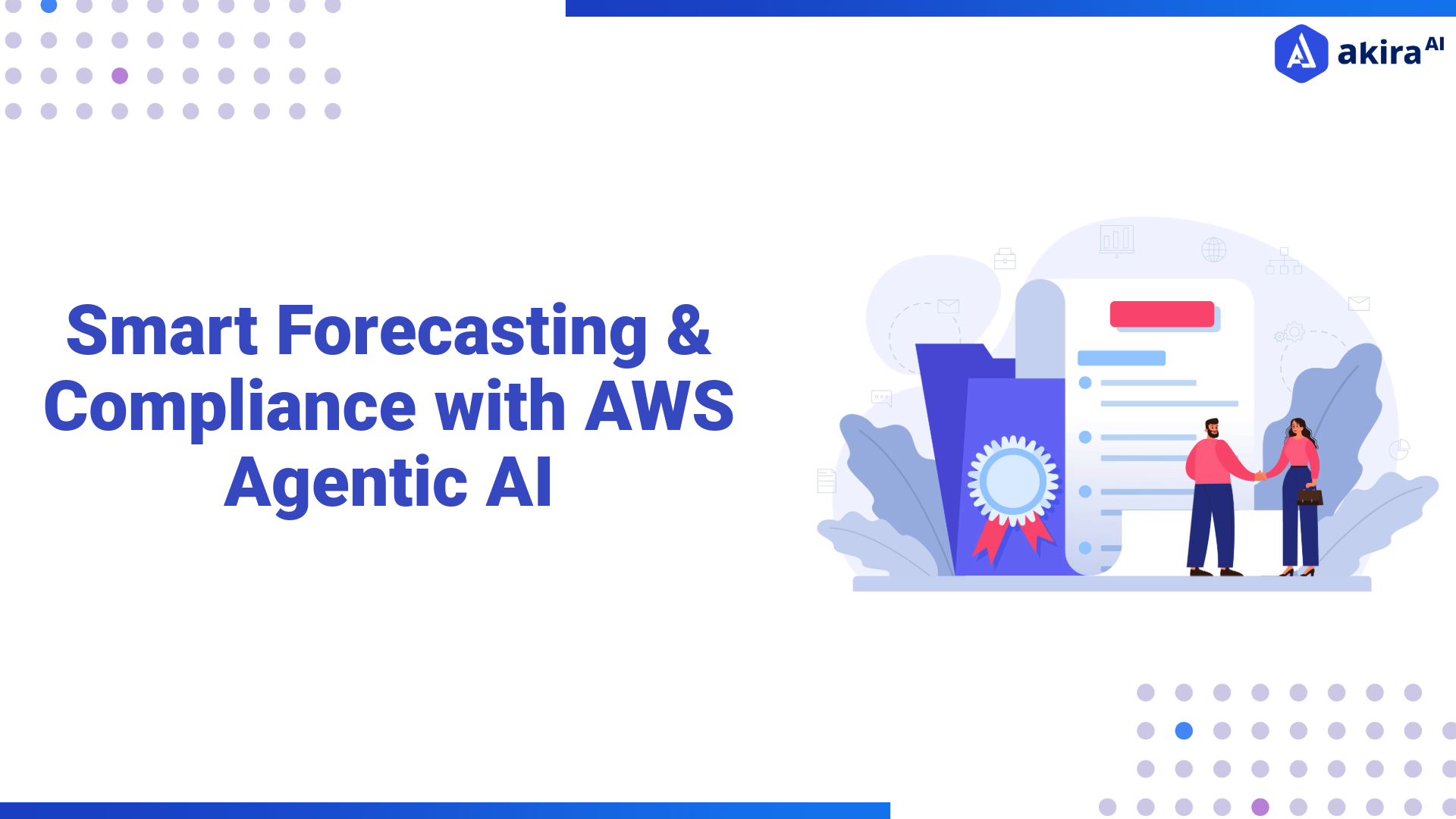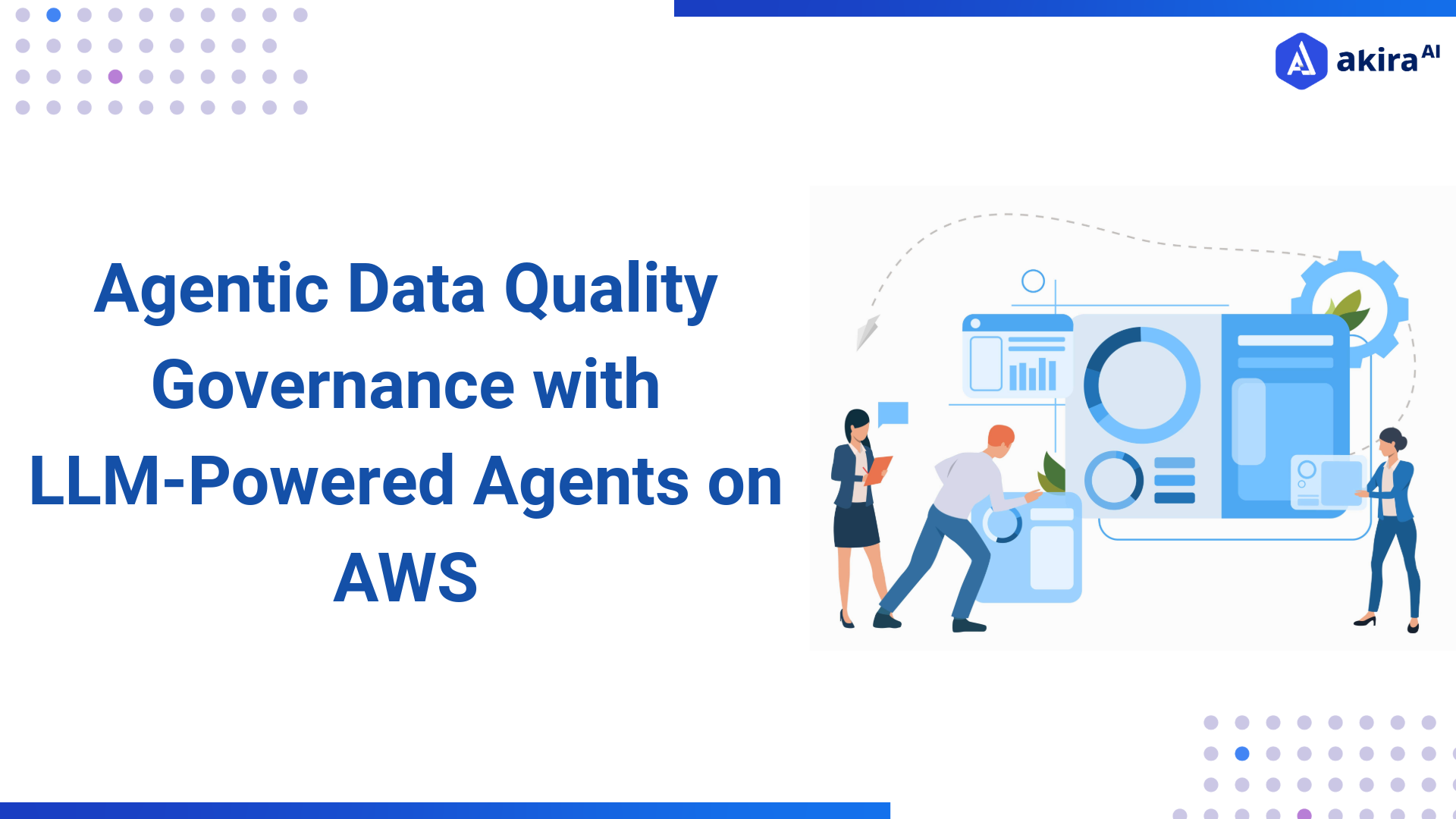Partner Solution
Solution Overview
Xenonstack implemented a modular, agent-driven data quality governance solution built on a cloud-native architecture, specifically designed to address the scalability, integration, and compliance needs of the Customer’s operational data landscape. The solution was deployed on Amazon EKS, enabling containerised orchestration of the core Data Quality Engine, Check Creation Agent, and Reporting Agent. This setup provided an intelligent control plane for continuous rule execution, anomaly detection, and quality reporting across heterogeneous data sources.
The architecture was designed with decoupled layers—supporting ingestion, rule definition, validation, and reporting—allowing each component to scale independently. Modular rule templates (Python and Jinja2-based) were stored centrally and version-controlled, enabling reusable and auditable logic. Quality check execution was fully automated, leveraging cron-based scheduling and event-driven triggers. The agents, powered by LLM inference from Amazon Bedrock, enabled dynamic rule generation and contextual reporting explanations.
Amazon RDS, S3, and other source systems were integrated through a secure, policy-driven data access framework using IAM roles and VPC endpoints. Deployment automation was managed via GitOps-style CI/CD pipelines with dev, staging, and prod environment overlays. Observability was embedded through Amazon CloudWatch and QuickSight, offering real-time insights into rule performance, data health, and agent activity.
The result was a unified and extensible platform that empowered technical and business teams to define, monitor, and act on data quality metrics, supporting faster decision-making, higher trust, and better regulatory compliance.
AWS Services Used
-
Amazon EKS: Hosts the Data Quality Core and Orchestrator Agent in Kubernetes.
-
Amazon S3: Serves as the Data Quality Lake and archive for rule results.
-
Amazon RDS: Stores warehouse-based Data Quality Check metadata.
-
Amazon QuickSight: Generates embedded dashboards and visual reports.
-
Amazon Bedrock: Provides model inference capabilities for the agents.
-
Amazon VPC: Ensures secure inter-service communication.
Architecture Diagram 
Implementation Details
The implementation followed an Agile, sprint-based delivery model executed over a 10-month period, involving iterative development, integration testing, and stakeholder validation. The project kicked off with joint discovery sessions involving data stewards, compliance teams, and engineering leads to identify business-critical datasets, validation pain points, and compliance obligations such as auditability, lineage traceability, and data sovereignty.
Core components of the platform—including the Data Quality Engine, Orchestrator, and LLM-powered Check Creation and Reporting Agents—were containerized and deployed on Amazon EKS using Helm charts with environment-specific overlays for development, staging, and production. These agents interfaced with a modular rules library written in Python and Jinja2, centrally stored and version-controlled in Git.
Integration pipelines were established to connect diverse data sources—PostgreSQL, Redshift, Snowflake, and Spark—using lightweight metadata adapters and secure VPC endpoints. Amazon RDS was used to maintain rule execution metadata and history, while Amazon S3 served as the persistent quality result lake.
Amazon Bedrock was integrated during mid-phase development to enable intelligent agentic capabilities, including automated rule recommendations and natural language-based reporting summaries. This empowered business users to interact with the system with minimal technical overhead.
Timeline and Major Milestones:
-
Months 1–2: Requirement workshops, Kubernetes cluster setup
-
Months 3–4: Rule template design, data source integration, Amazon RDS and S3 configuration
-
Month 5: Agent containerization and orchestrator deployment on EKS
-
Months 6–7: Bedrock integration for LLM-based rule assistance and summary reporting
-
Months 8–9: QuickSight dashboarding and monitoring
-
Month 10: Final compliance validation, user training, and full production rollout
Innovation and Best Practices
The solution was designed in alignment with the AWS Well-Architected Framework, with a strong focus on security, reliability, and operational excellence. Xenonstack adopted a container-native approach, deploying loosely coupled agents and services on Amazon EKS to ensure fault isolation, horizontal scalability, and low operational overhead. All infrastructure components were provisioned and managed using Infrastructure as Code (IaC) with Helm and Terraform, enabling repeatable, auditable deployments across environments.
A key innovation was the implementation of LLM-powered agents—Check Creation Agent and Reporting Agent—integrated with Amazon Bedrock. These agents enabled intelligent automation of rule generation, anomaly summarization, and business-readable reporting, reducing the manual effort traditionally required for data quality governance.
The modular rule engine, built using Python and Jinja2 templates, supported declarative logic that could be reused across multiple pipelines. This allowed rule definitions to evolve independently of the underlying data sources or transformation logic. A GitOps pipeline ensures that rule updates can be safely reviewed, versioned, and deployed through CI/CD workflows.
Bedrock’s model orchestration provided explainability and transparency within the agent outputs, ensuring that rule violations were flagged and contextually explained in natural language—empowering business users and reducing resolution times.
The architecture embedded observability through centralised logging (Amazon CloudWatch), quality dashboards (Amazon QuickSight), and performance tracing, enabling proactive monitoring and continuous optimisation. These innovations collectively elevated the platform from a static data validation tool to a dynamic, intelligent governance layer adaptable to changing data landscapes.
Results and Benefits
Business Outcomes and Success Metrics
-
Reduced manual rule enforcement effort by 65%.
-
Boosted data pipeline reliability with 30% higher anomaly detection accuracy.
-
Real-time quality reporting improves stakeholder trust.
-
Embedded dashboards help align data owners and engineers.
-
Achieved operational visibility for 100+ pipelines across 7 data sources.
Technical Benefits
-
High scalability via EKS and stateless architecture.
-
Fault-tolerant data quality agents orchestrated with Bedrock-enhanced logic.
-
Reusable modular rules enable CI/CD and rule versioning.
-
Reduced operational overhead through autonomous job scheduling.
Customer Testimonial
“The agentic data quality architecture has completely transformed how we manage data reliability. What took hours of manual effort is now automated, auditable, and intelligent—thanks to the LLM-powered check and reporting agents.”
— Lead Data Platform Engineer
Lessons Learned
Challenges Overcome
-
Harmonizing multiple schema types across source systems.
-
Scaling LLM inference securely inside EKS using Bedrock.
-
Orchestrating agent flows without manual intervention.
Best Practices Identified
- Build agents as stateless microservices for better scaling.
- Store all rule definitions with version control and template support.
- Use Bedrock for explainability, not just automation.
- Integrate dashboarding early to measure real-time impact.
- Keep orchestration logic decoupled from rule logic for maintainability
Future’s Plans
-
Expand Check Agent to support anomaly detection via time-series ML.
-
Introduce Data Remediation Agent for auto-fixable issues.
-
Add a chat interface using Amazon Lex + Bedrock for interactive rule testing.
-
Push Data Quality SLA alerts into business observability systems (PagerDuty, Opsgenie).
-
Broaden support for unstructured and semi-structured data validations.





